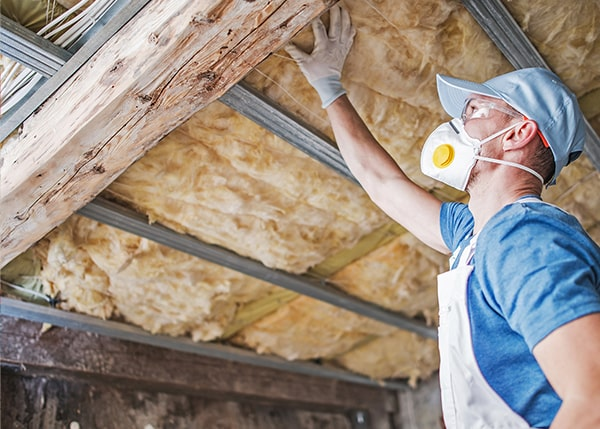Asbestos in the home in Wollongong can be hard to detect. A surveyor or trained contractor in Wollongong may be required to collect a sample or conduct an inspection of the property in Wollongong.
If you’re worried about asbestos inside your house, here are some things to look into:
- Before attempting to remove asbestos materials on your own, consult a professional for asbestos removal in Wollongong.
- Asbestos should be left undisturbed, and drawing pins, screws, nails, and adhesive tape should not be inserted since they could discharge asbestos fibres into the air.
- A professional contractor can securely remove asbestos lags, spray coatings and insulating board.
- Ask a qualified contractor to remove illegal asbestos concrete or polyvinyl floor tiles.
Removing Asbestos from a Building
- Asbestos curved roof sheets must be removed.
- Asbestos ceiling boards need to be removed.
- Removal of pipelines’ asbestos insulation.
- Asbestos gaskets must be removed.
Asbestos-accepting dumps
A licensed landfill must be used for any Asbestos removal in Wollongong, whether a licensed asbestos removalist does it or you remove the asbestos yourself.
You can find a landfill near you that takes asbestos by searching online.
Landfills can accept both home and commercial quantities of asbestos.
Asbestos removal includes the following steps:
- Abatement contractors will follow the plan laid out by the industrial hygienist, so you know what to expect. It should offer details on how the region will be handled, including the prep and cleanup process. During the asbestos abatement, abatement contractors must adhere to all local, regional, and federal rules. This information should be included in the work plan.
- All building occupants must be told to leave the hazardous area until the contractor has deemed it safe and completed clearance testing.
- As part of creating a regulated workspace, air ducts must be covered; the heating system should be disabled. Any sections that are not being handled should be firmly sealed with heavy plastic sheets coupled with air differential pressure and filtering. An industrial hygiene agency should inspect work area preparation before actual asbestos abatement, or restoration work begins.
- Contractors will use protective equipment and respirators to keep themselves safe during the operation. Using a decontamination device with a protective liner, the ACBM will be sealed in waste disposal bags and removed. A shower and decontamination room will also be set up for workers exiting the work area adjacent to the containment area.
- Special hoovers with HEPA filtration suited for licensed asbestos work will be utilised to minimise the spread of asbestos fibres and clean the surfaces.
- Final cleaning: The occupational health firm must perform their impartial inspection and clearance air sampling by state and federal prerequisites after all ACBM inside the work area has been eliminated. All work area floors will be thoroughly washed with wet methodologies and HEPA vacuuming. Once the clearance testing has been completed and the work area passes the clearance standards outlined in the abatement plan, only then should the working framework barriers and air filters are dismantled.
- All the cleanup is complete; the abatement company should remove the containment barriers from the work area and perform a second round of HEPA vacuuming to clean the space thoroughly. You should receive an abatement contractor’s report with copies of all licences, garbage shipment documents, and site logs when everything has been completed. Industrial hygiene companies must submit the information, including inspection reports and lab test findings. Environmental requirements require that these records be retained.
